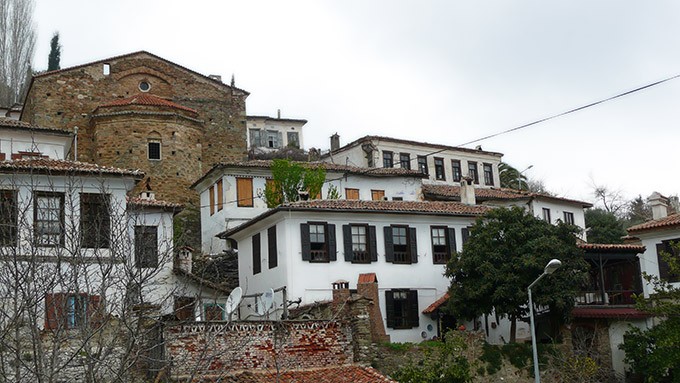
Sirince, nestled a stone’s throw from Selcuk, is a picturesque village steeped in a rich tapestry of history. Originally called Kirkinca, its name transformed through the ages to Kirkince, Cirkince, and finally to Sirince, reflecting a fascinating evolution. This village is a harmonious meld of Greek and Turkish cultures, a legacy of its Greek inhabitants who moved to Greece in 1922 following the population exchange between the two countries.
The village is a historical treasure trove, home to the ruins of 42 churches in its vicinity, underlining its importance and leading to government preservation efforts. Of particular note are two churches in the village’s heart, both in an exceptional state of preservation.
An interesting chapter in Sirince’s history is its alleged link to the Virgin Mary. Accounts from the 3rd General Council of 431 AD hint at Virgin Mary’s burial in Sirince, spurred by legends of the villagers clandestinely supplying her during her Ephesus residence. Posthumously, it’s said she was taken to Sirince and entombed in a cave, though this tale remains shrouded in mystery.
Beyond its historical allure, Sirince is famed for its agricultural bounty, notably its olive oil and fruit wines. The village’s fertile lands produce exquisite olives, pressed into premium olive oil, and a variety of fruits that are fermented into delectable wines. These products have become emblematic of Sirince, drawing visitors eager to savor its unique tastes.
With its enchanting blend of history, architectural marvels, and gastronomic delights, Sirince presents an immersive journey into the heart of the Turkish countryside, offering visitors a glimpse into its rich heritage and natural beauty.







